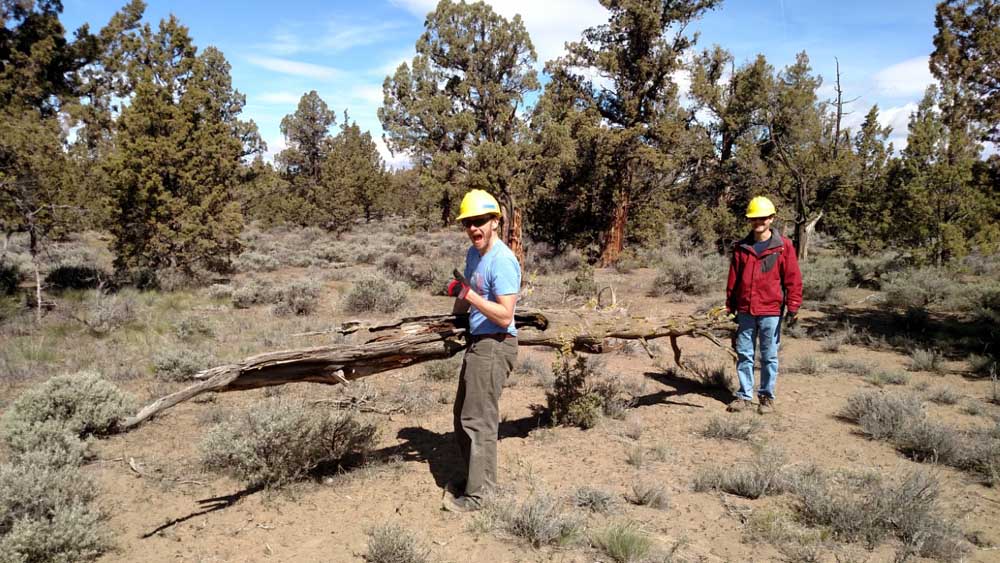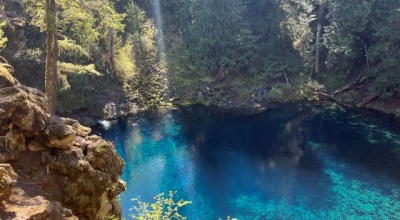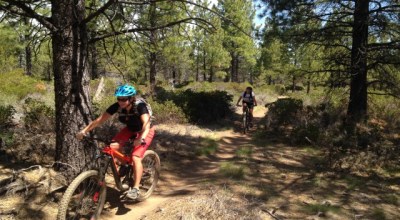Ever wonder how a trail is born?
Published 5:45 am Friday, December 1, 2023

- COTA Volunteers work on a trail at Maston.
Trails don’t just get built when Central Oregon Trail Alliance wants one. There is an extensive process any trail on federal lands (Bureau of Land Management or U.S. Forest Service) goes through before a shovel ever hits dirt. There are laws requiring the government to analyze the impact of a possible trail on the environment and people, including public comment, that can take years to complete.
Here is a peek at how this process works.
Central Oregon Trail Alliance (COTA) gets feedback from the community about trail needs and wants. In 2017 it became clear that a sessionable downhill trail area would be a great add to the Bend area. COTA identified Wanoga Butte, the terrain above the sled park at Wanoga Sno-park, as a great location to build an easy uphill route that would access several purpose-built downhill trails. With the bike park at the base, restrooms and ample parking, groups of families and friends could hang out and do quick laps on the trails.
With this idea percolating, COTA went to the Bend-Fort Rock Ranger District of the U.S. Forest Service rangers to learn if there were any showstoppers in this area, such as archeological sites or protected wildlife.
Without any red flags being identified, COTA volunteers will then walk the area scheming corridors for the trails they want to propose, including the uphill route and the difficulty of the trail to be built on the terrain. They then flag the trail, map it, and create a GPS track with a robust description of each trail. This is shared with the Forest Service to refine the trails to balance resource objectives; COTA uses this information to make a clear and precise trail proposal to inform a National Environmental Policy Act (NEPA) study.
Unfortunately, this is where trail proposals sit and wait, often for years. The Forest Service is spread thin managing wildfires, logging, utilities and restoration projects that recreation often takes a back seat to. An outside firm can run the NEPA study, but our FS ranger district does not allow this. When the FS does have the bandwidth to proceed with the NEPA study, the process takes about a year. All the “ologists” analyze the proposal to assess the effects on soils, archeology, natural resources, hydrology, wildlife, vegetation, and more. Human impacts are also analyzed including economic and sociological. The analysis is then sent out for a 30-day public comment period.
While this is not a vote, it is a very important step for the Forest Service to learn if there are issues they have not yet considered. When the Wanoga Butte trail package does go out for public comment, it is very important for the community to voice their support, ideas and questions. If you want to see the trails built, mentioning how personally the trails are important to you such as this would be a great area for your kids NICA team to practice at, or this would provide steep terrain to ride and there are not many steep options in the area.
To receive notice when the public comment period begins for a trail project, sign up at fs.usda.gov/main/deschutes/landmanagement/projects. With this information. the NEPA study is completed, and the Forest Service will decide how to proceed with the trail proposal.
If the project proceeds, it will be implemented with the included environmental protection measures such as routing trails to avoid sensitive areas, decommissioning roads and social trails to enhance wildlife habitat and revegetation measures. Concurrent with this, COTA fundraises to cover the build and maintenance costs, going to bid if a contractor is needed for advanced trail features.
Whew, that was a lot to get through. Typically, seven years after a trail idea is born, COTA volunteers get to put shovel to ground and build a trail. The Wanoga Butte trail network (fingers crossed) will go into the NEPA study process in early 2024.
The process is slow, but it provides a beneficial speed bump to make sure that when a new trail is built, it balances the needs of natural resources and humans and will be an enduring asset to all.
For air time, head to Wanoga Infield skills area
More Biking






